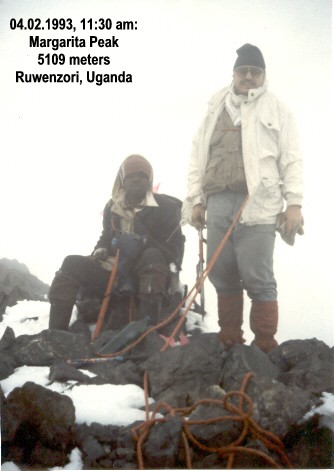Reverse foreign aid, it benefits rich over poor
by Tina Rosenberg*
For the last 10 years, people in China have been sending me money. I also get money from countries in Latin America and sub-Saharan Africa, really, from every poor country. I'm not the only one who's so lucky. Everyone in a wealthy nation has become the beneficiary of the generous subsidies that poorer countries bestow upon rich ones. Here in the US, this welfare program in reverse allows our government to spend wildly without runaway inflation, keeps many American businesses afloat and even provides medical care in parts of the country where doctors are scarce.
Economic theory holds that money should flow downhill. The North should want to sink its capital into the South, the developing world, which some define as all countries but the 29 wealthiest. According to this model, money both does well and does good : investors get a higher return than they could get in their own mature economies, and poor countries get the capital they need to get richer. Increasing the transfer of capital from rich nations to poorer ones is often listed as one justification for economic globalization.
Historically, the global balance sheet has favored poor countries. But with the advent of globalized markets, capital began to move in the other direction, and the South now exports capital to the North, at a skyrocketing rate. According to the United Nations, in 2006 the net transfer of capital from poorer countries to rich ones was $784 billion, up from $229 billion in 2002. (In 1997, the balance was even.) Even the poorest countries, like those in sub-Saharan Africa, are now money exporters.
» the full article





Keine Kommentare:
Kommentar veröffentlichen